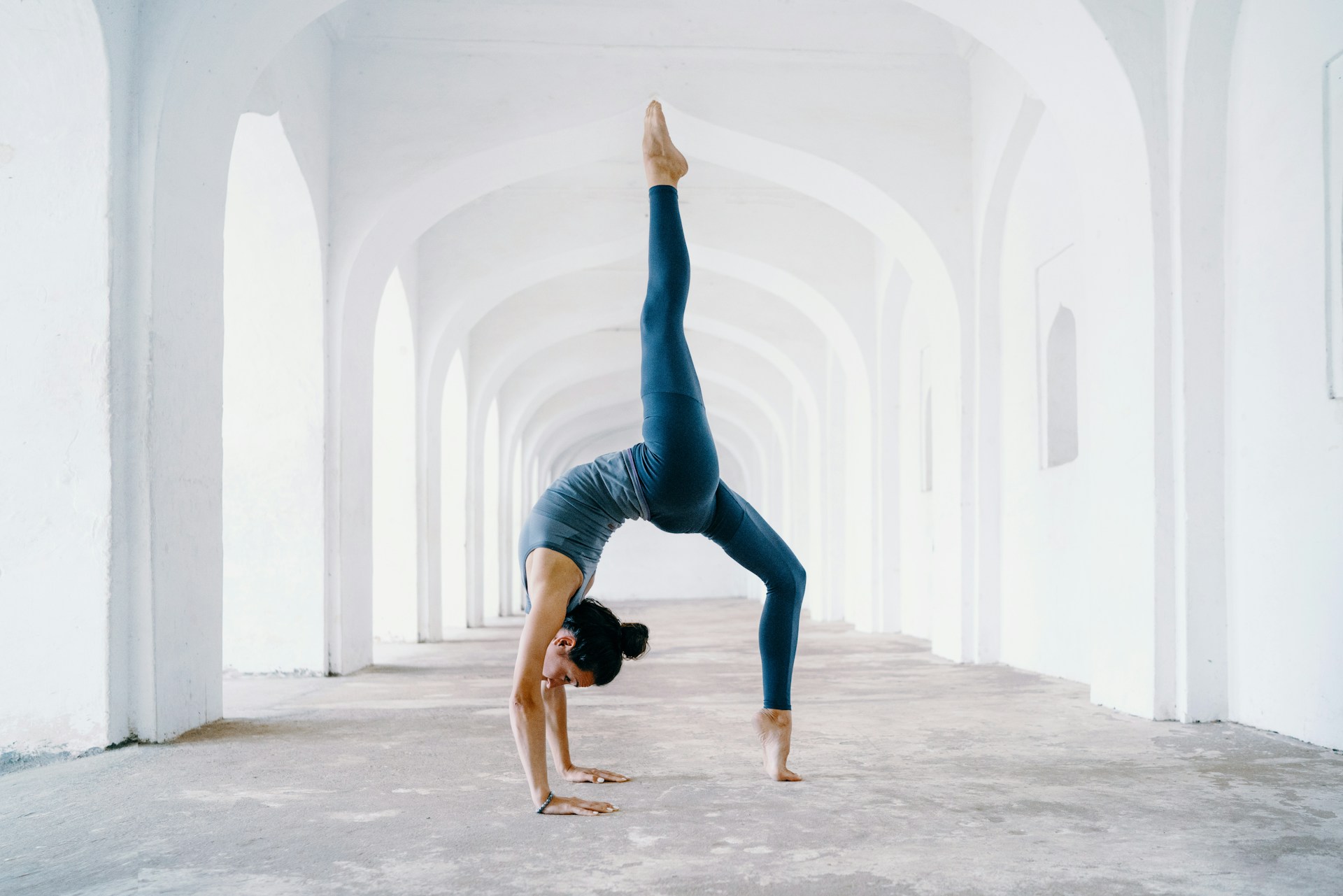Yoga is more than just stretching and holding poses; it’s a journey to finding peace and balance inside and out. Starting out can seem a bit overwhelming, but it’s really about taking that first step and continuing to move forward at your own pace.
Just as a student might look for research writing services to help them when they’re starting a challenging paper, this guide is here to support you as you embark on your yoga journey. Think of it as your friendly companion as you explore the basics of yoga, learning to harmonize your body, mind, and spirit. Let’s dive right in!
Understanding the Basics: What is Yoga?
At its core, yoga is a practice that combines physical postures, breathing exercises, and meditation or relaxation. It’s about creating balance in the body by developing strength and flexibility.
This is achieved through performing a series of poses or ‘asanas,’ each with specific physical benefits. But yoga doesn’t stop at the physical. The practice also helps clear the mind and relax the spirit, contributing to a sense of peace and well-being.
Starting Your Practice: Yoga Poses for Beginners
As a beginner, it’s important to start with some basic poses. These foundational asanas are designed to build your strength and flexibility, preparing your body for more complex poses down the line.
1. Mountain Pose (Tadasana)
This pose teaches you to stand with majestic steadiness like a mountain. The word ‘Tada’ means a mountain; that’s where the name comes from. It involves the major groups of muscles and improves the posture.
2. Downward Facing Dog (Adho Mukha Svanasana)
A foundational pose in many styles of yoga, Downward Dog is the whole package. It strengthens your arms, shoulders, and back while stretching your hamstrings, calves, and feet arches. It can also help relieve back pain.
3. Warrior I (Virabhadrasana I)
Named after a fierce warrior, this pose will help you build your focus, power, and stability. It’s great for strengthening your legs, opening your hips and chest, and also helps with balance.
4. Tree Pose (Vrikshasana)
This pose helps to improve balance and stability in the legs. It’s also great for strengthening your ankles, calves, thighs, and spine.
5. Child’s Pose (Balasana)
Often used as a resting position, Child’s Pose helps to stretch your hips, thighs, and ankles while reducing stress and fatigue. It’s a gentle way to relax and rejuvenate.
Integrating Mindfulness and Breathing
Yoga isn’t just about physical movement; it’s also about mindfulness and breathing. Learning to control your breath through pranayama (breath control) exercises can help you manage stress and increase your concentration and mental clarity.
1. Simple Breathing (Pranayama)
Start by observing your natural breathing pattern in a comfortable seated position. Gradually, start to breathe deeply, filling your lungs fully on your inhales and emptying them completely on your exhales.
2. Mindfulness Meditation
Dedicate a few minutes at the start or end of your yoga practice to meditate. Sit comfortably and focus on your breath, or use a guided meditation to help clear your mind.
3. Creating a Routine: Tips for Success
Consistency is key when it comes to yoga. Here are some tips to help you establish and maintain a regular yoga practice:
- Set Realistic Goals: Start with short sessions, maybe 10-15 minutes, and gradually increase your time as you feel more comfortable.
- Find a Comfortable Space: Practice in a quiet, comfortable spot with enough space to move freely.
- Listen to Your Body: Yoga shouldn’t hurt. If you feel pain, back off and consider adjusting the pose.
- Stay Patient and Positive: Progress can be slow, but with regular practice, you will improve.
Embracing the Yoga Community: Finding Support and Inspiration
Yoga is not just a personal practice; it’s also about community. Whether you’re attending a class at a local studio or participating in an online session, you’re part of a global community of yogis. Engaging with this community can provide support, motivation, and inspiration. Share your experiences, ask for advice, and connect with others who are on the same path.
Beyond the Mat: Incorporating Yoga into Daily Life
Yoga’s benefits extend beyond the mat. The principles of mindfulness, breath control, and balance can enhance various aspects of your life. Consider incorporating yoga principles into your daily routine.
Use breathing techniques to manage stress or take short breaks throughout the day to stretch and refocus. Yoga is about creating harmony in all areas of life, so look for ways to integrate its practices and philosophies into your everyday activities.
Final Thoughts
Starting your yoga journey is like planting a seed; it requires patience, care, and time to grow. Remember, it’s not about perfection or mastering every pose. It’s about the journey and the harmony you create within yourself through practice!
As you continue, you’ll notice not just physical changes but mental and emotional growth as well. So roll out your mat, take a deep breath, and embrace the beautiful journey of yoga.


